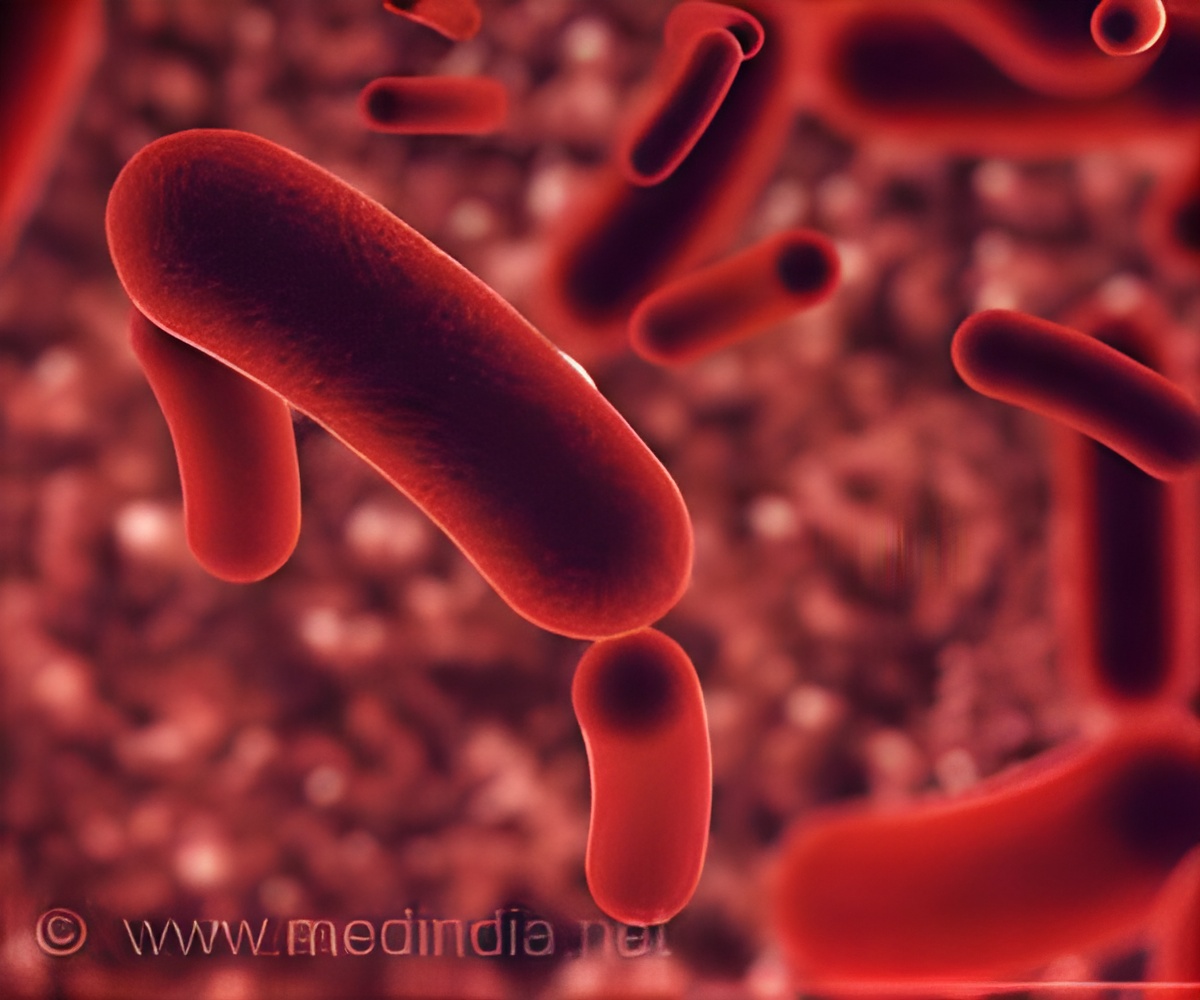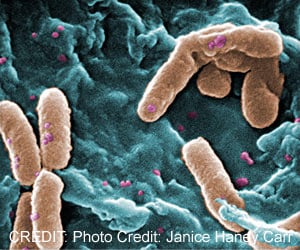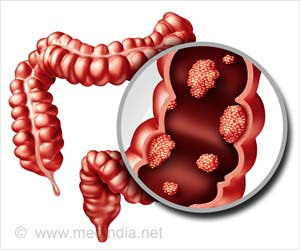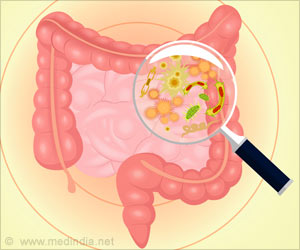
‘Understanding microbial communities is important to comprehend animal and plant health and disease conditions, as well as certain environmental processes such as decomposition of organic matter and nutrient cycling in soils and oceans.’
Tweet it Now
The basis for connecting microbe and substrate are so-called carbon stable isotope ratios - the ratios between naturally occurring forms of carbon with different masses. Nature contains both carbon-12, the most abundant form, and carbon-13, which has one more neutron than carbon-12. Each material has a very specific ratio of these two isotopes, which essentially can be used as the fingerprint or signature of the material. The new algorithm links the carbon isotope ratios of the substrates that are available to microbes in a given environment to the ratios found in the microbes themselves.Manuel Kleiner, an NC State assistant professor in the Department of Plant and Microbial Biology and corresponding author of a paper that reports the research, says that understanding microbial communities is necessary to better comprehend animal and plant health and disease, as well as important environmental processes such as decomposition of organic matter and nutrient cycling in soils and oceans.
"Our method is based on the concept that you are what you eat," Kleiner said. "If there is a food source with a specific isotopic signature and we find a microbe with that same specific isotopic signature, we can make the connection between the two. A similar technique is actually used by archeological anthropologists, who can determine the type of diet a person ate by analyzing isotope ratios from hair or bone fragments."
Human hair is crucial for the technique to work. Kleiner surprised his hairdresser by bagging his hair after a haircut.
"We have to correct for a certain error occurring during mass spectrometry by using a calibration standard. As it turns out, a human hair is an excellent material to calibrate our instrument," Kleiner said.
Advertisement
Kleiner added that all the data from the study is publicly available, so other researchers can test and utilize the new software.
Advertisement









